The Cinema Scale
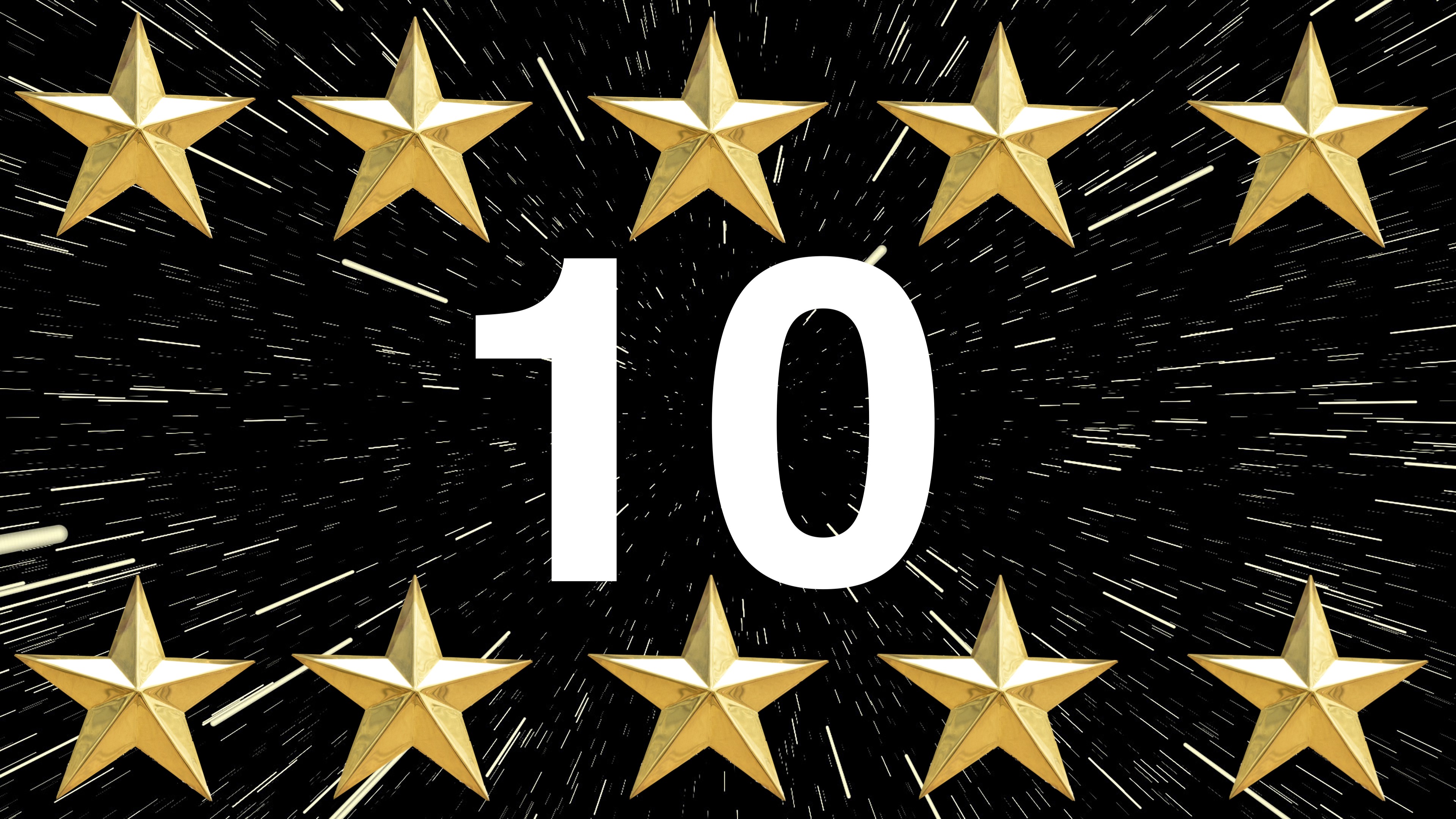 Cinema Scale
Cinema Scale
What do we look for in a movie?
Well since most of us don?t know, we rely on film reviews to decide whether or not to make the trip out to the theater. But how can we trust these reviews to be accurate? 72% on Rotten Tomatoes. 6.4 on IMDB. 43 on Metacritic. Generally, these major film review websites use a ?weighted average,? a formula that selectively compiles a variety of reviews from a multitude of film critics to reach their overall scores.
However, what formulas are critics using to write their reviews? On what basis, other than pure opinion, are they using to place a numerical value on a film? Since reviews are such a critical part of a million dollar movie?s success or failure and, consequently, the success of the billion dollar movie industry, it seems bizarre to give credibility to movie reviews based on a ?weighted average? of essentially, other people?s opinions.
The problem with praising the sum average of all unregulated opinion, is that some of them could be wrong, and those wrong opinions contaminate the verisimilitude of the whole. Which begs the question, if the consensus of opinion is not a valid form to measure movies by, then what is?
The Cinema Scale aspires to create a more objective, reliable standard by which to measure the artistic value of a film. The Scale contains ten elements, each representing an integral part of successful filmmaking. Each element is worth one-point out of ten and each element is divided by two important factors, each worth one-half point (.5). For example, the first element is Plot, which has two factors, Story Arc and Plausibility.
Ultimately, by having categories that correlate directly to a movie?s overall score, we can easily see which elements of the movie were good or bad. We can trust a Cinema Scale movie review because it is not the average of disparate opinions, but is in fact a constructive commentary, from a filmmaking perspective, based on a solid platform of objective criteria.
ATTENTION! There is a lot more behind the scenes that goes into making a successful film. We?ve narrowed it down to these big ten, the fundamental elements we believe should be present in order to make the best movie possible. Let?s look at them now?
1. Plot
The movie follows a story arc and the story is plausible.
 Cinema Scale
Cinema Scale
Story Arc
For any movie to be enjoyable, it has to suspend our disbelief. In other words, it has to combine all of the elements to help us forget we?re watching a movie and immerse us into the story. Having a comprehensive story arc is the first step in helping the audience do that.
Traditionally, mainstream blockbusters follow a three-act structure. Dividing the plot points and character developments into three acts helps organize the story in a way that makes it easier for the viewer to follow along and stay interested. Alternative story arcs, like Quentin Tarantino?s Pulp Fiction, for example, although rare, have worked in the past.
Nevertheless, the plot must be arranged in some kind of structure that maintains our attention and unfolds the story compellingly. Nine times out of ten, the three-act structure is the best way to create a story arc that holds the film together. Ten times out of ten, a movie with no story arc is no movie worth watching.
Plausibility
The plot should be plausible within the film?s universe. Notice the plot doesn?t need to be rational.* As James Cameron pointed out when referring to The Terminator, ??the beauty of movies is that they don?t have to be logical. They just have to have plausibility.?
In fictional films, the plot should conform with the world the story takes place in. For example, yes, Dwayne ?The Rock? Johnson might be the closest thing to a real life superhero, but c?mon, that absurd jump his character made in Skyscraper, when he jumped from a construction crane, soared twenty feet through the air with his prosthetic leg and landed safely?that was pathetically far-fetched.
Movies based on true stories and events, in addition to conforming with the story?s universe, must accurately depict the time, setting and events upon which they?re based. We as the audience should never be questioning whether the plot was consistent or believable.
2. Attraction
The movie has an interesting premise and has entertainment value.
 Photo by Jayden Staines on Unsplash
Photo by Jayden Staines on Unsplash
Premise
The premise is the pitch, the trailer, the thesis for the movie. The premise drives the plot by creating an interesting set of circumstances for the story to take place within. If the premise is boring, it won?t matter how well structured and believable the plot is, nobody will be interested enough to watch it. Imagine instead of the iconic ?galaxy far, far away,? Star Wars was set in New Mexico like Cowboys v. Aliens?it probably wouldn?t be the 43.3+ billion dollar franchise it is today.
Entertainment Value
Of course one of the main reasons we go to the movies is to be entertained. It takes a delicate balance between tension, action and anticipation to keep us amused from the title sequence to the end credits. Through different genres and approaches, there are many ways to entertain us. Some movies are just masterpieces, to us they exude bliss like light to a moth. Comedies like Dumb and Dumber keep us laughing nonstop. Others like Mission Impossible are just flat out adrenaline spiking thrill rides. Bottom line, if it keeps us engaged, it has entertainment value. It?s never a good sign if dad starts snoring.
3. Theme
The themes are identifiable and intriguing.
 Courtesy of Pixabay
Courtesy of Pixabay
Identity
We should be able to identify the themes and sub-themes. What message is the movie trying to send other than to entertain us with a story? What?s truly special is when the theme is embedded into the story itself. Gladiator could have been just another flick about the Roman Empire. But in addition to its other great qualities, Gladiator embraced powerful themes like revenge, sorrow, pride, control, jealousy, betrayal, and the afterlife. These themes were clearly conveyed and connected with us, a major reason Gladiator became such a successful fan favorite.
Intrigue
The themes should also be intriguing. Even if we can?t identify them right away, we should be able to intuitively experience their effects. To be intriguing, themes should achieve at least one of the following: (1) teach us something; (2) make us think; or (3) form an emotional connection with us. An exceptional theme will accomplish all three. An intriguing theme plays an important role in forming a bond between us and the movie.
4. Acting
The characters are multidimensional and the acting is convincing.
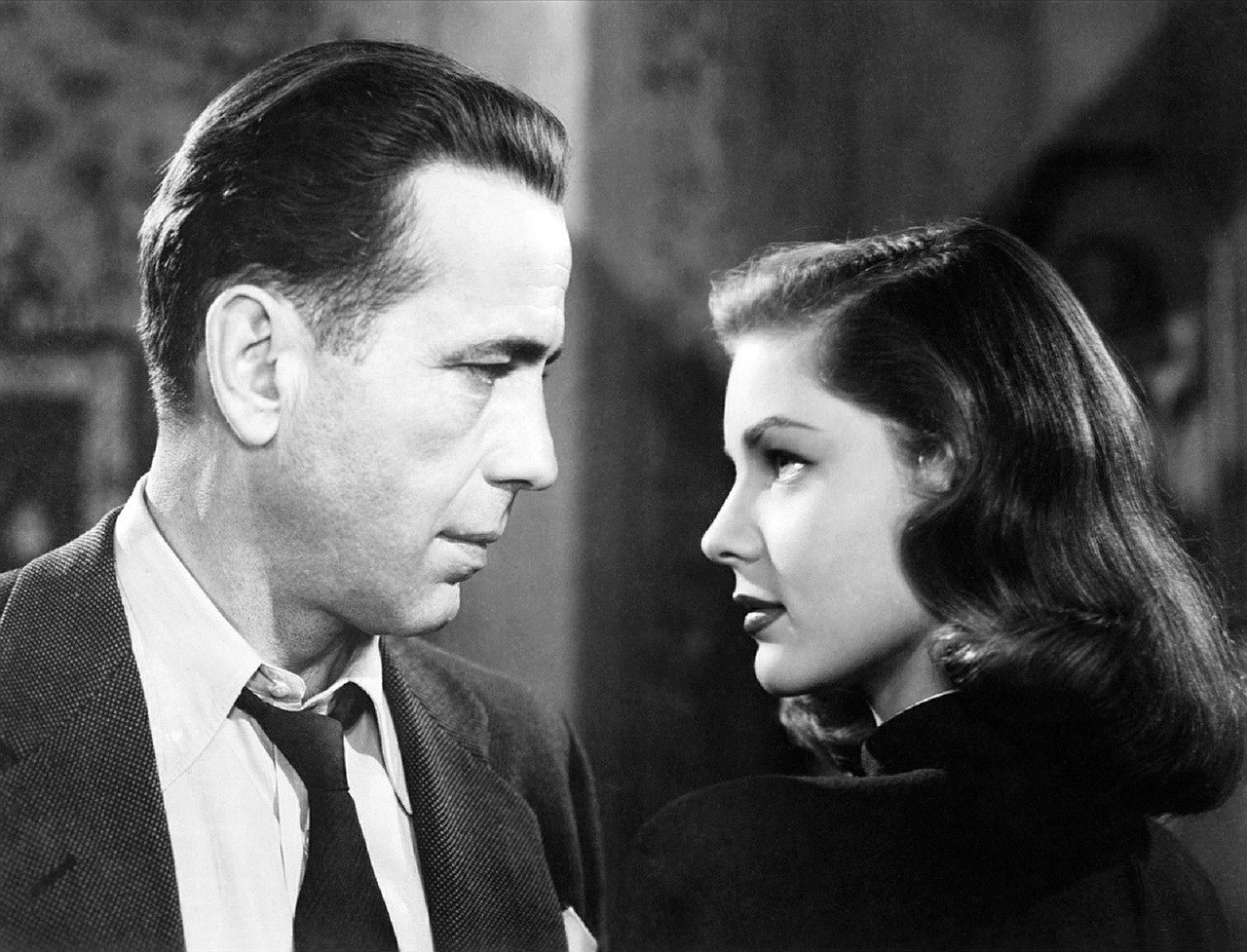 Humphrey Bogart & Lauren Bacall, courtesy of Pixabay
Humphrey Bogart & Lauren Bacall, courtesy of Pixabay
Characters
It doesn?t matter how many oscars you have, if the character is weak, the performance will be unconvincing. Characters are based on people, and people are multifaceted, with their own hopes, desires, faults and aspirations, characters shouldn?t be so different. Main characters should be multidimensional and motive-driven. Only then can an actor authentically embody that character on camera and deliver a performance that we can relate to.
Performance
Even with a solid character, the actor still has to get the job done. We should never think to ourselves that the actor is trying to act like someone or something, the actors should become the character. ?Tom Hanks is Forrest Gump,? that was the movie?s tagline, and for good reason. Not once did we think, ?Oh that?s Tom Hanks acting like a simple-minded southern man.? He was Forrest, down to his speech impediment, selfless heart and running style. His performance was so convincing, Tom Hanks still probably gets some knucklehead on the street blurting out at him, ?Run Forrest run!?
5. Dialogue
The dialogue helps tell the story in the correct context.
 Don Vito Corleone (Marlon Brando) and Johnny Fontane (Al Martino), ?The Godfather: Part I?
Don Vito Corleone (Marlon Brando) and Johnny Fontane (Al Martino), ?The Godfather: Part I?
Storytelling
Most dialogue should have a calculated approach to facilitating the story and revealing the characters. That doesn?t mean to have ?talking heads? tell us exactly what?s happening on-screen. In fact, that?s worse than having no dialogue at all. Whether it?s a monologue or crafty subtext, the dialogue should augment and elaborate the story that is being told by the action. The Godfather: Part I, is a perfect example of using dialogue to express the characters and orchestrate the plot. In the quote above, in just three simple lines, we now know three things: (1) Don Corleone is a man of power and influence; (2) Don Corleone is about family and manhood; and (3) something very bad is going to happen to this ?Hollywood Big-shot.?
Context
Similar to Plausibility, Dialogue is written in the correct context if it makes sense in the film?s universe. If we?re set in 1776 like The Patriot, it would probably be wise if the dialogue accurately represented the way people spoke back then. In fictional films, the dialogue should accurately relate to the story, setting and characters. Contrast that with the use of ?shock and awe? dialogue, where actors deviate from their character and say something ridiculous, ?pop-culture? or socio-political, in the attempt to get a chuckle or further a purpose unrelated to the film. This is far from contextual and takes us right out of the movie. It?s a growing trend, and it?s cheap, tacky and discredits the movie altogether.
6. Cinematography
There is a consistent visual language that is enhanced by the lighting, setting and wardrobe.
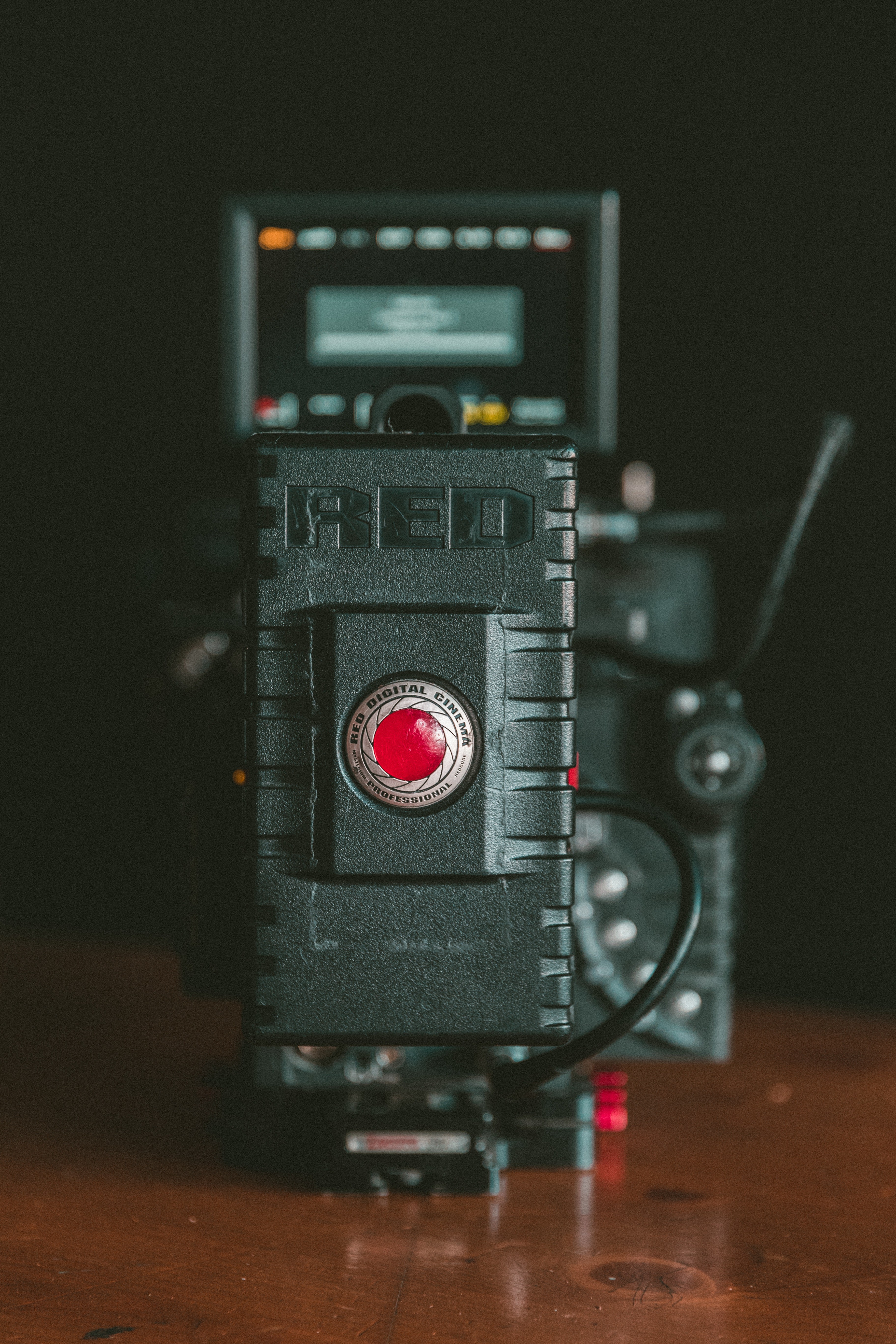 Photo by Jakob Owens on Unsplash
Photo by Jakob Owens on Unsplash
Visual Language
Continuity is king. This concept goes beyond the Rule of Thirds, or any camera technique. The shot selection, camera work, the angles, all of it should mesh together and create a uniform language that is easy for our eyes to follow. We shouldn?t be jarred out of the movie experience because of an odd looking frame or angle that doesn?t quite fit right. Be as creative with the cinematography as you?d like, just make sure we can follow along.
Lighting, Setting and Wardrobe
What we see inside the frame is obviously an important aspect of cinematography. Each element of the shot has a role to play. Lighting tells us how to feel, setting tells us where we are and wardrobe tells us who the characters are. The way these three components fit together are an important part of the movie?s visual language and it?s overall aesthetic. If the movie were a painting, these three elements would be the brushes and paint.
7. Editing & Effects
The editing maintains attention and conveys the tone. The visual and special effects are seamlessly integrated.
 Courtesy of Shutterstock
Courtesy of Shutterstock
Editing ? Pace & Tone
In addition to holding our attention, editing conveys the movie?s tone. Tone is easily shaped by the pace and choice of the edits. The tone is very important in expressing what the movie is trying to communicate to the audience. Like an electrical conductor, all of the cinematic elements are relayed and transmitted through the editing, onto the screen.
Editor Verna Fields created a blockbuster thriller with her suspense building work on Jaws. Imagine that instead of building the anticipation by having the shark relatively unseen until the third act, we saw the entire shark from the beginning?the movie?s iconic horror tone would have been lost, it would have been just another action thriller and nobody would?ve been afraid to go to the beach.
Effects (VFX/SFX) ? Integration
Both visual effects (VFX) and special effects (SFX), everything from live-action animation, to dynamite explosions on a controlled set, should blend in seamlessly. Visual effects, which are generated outside the live action, and special effects, tangible effects often done on set or location, are very different in nature. But this principle of integrating them seamlessly applies to both. Nothing ruins the experience like a poorly executed explosion, be it visual effect or special effect. There?s a reason Sci-Fi B-Movies with low grade effects often don?t make the A-list.
8. Sound & Music
The music is harmonious and the sound design is authentic.
 Courtesy of Pixabay
Courtesy of Pixabay
Music ? Harmony
The music should be in harmony with the story. The movie should use motifs that coincide with characters, settings and plot points to help express their nature. Music should be compatible with the mood of it?s corresponding scene. And the main musical themes should be memorable and evoke the film?s overarching sentiment. These are not simple tasks for film scorers to accomplish, but if these aspects are incorporated, the result will bring out the movie?s soul and connect with ours.
Sound ? Authenticity
Ever see a movie and you can?t even hear the dialogue, then one second later, some earth-shattering sound blasts off and nearly cracks your eardrums? It?s not pleasant. Good sound mixing and mastering is essential to keeping us immersed and entertained. An authentic sound design is also a significant requirement. If we can close our eyes and still feel like we?re there, it?s going to make the movie experience much more genuine and believable.
In Saving Private Ryan, for example, sound designer Gary Rydstrom brought the horrors of World War II back to life. Rydstrom used real sounds from weapons fired during the war, like that of an M1 Garand rifle, and also captured the torturous experience of shell shock. The attention to detail in the sound design made us feel like we were right there storming Omaha Beach.
9. Directing
The director had a uniform vision and executed the film to it?s fullest potential.
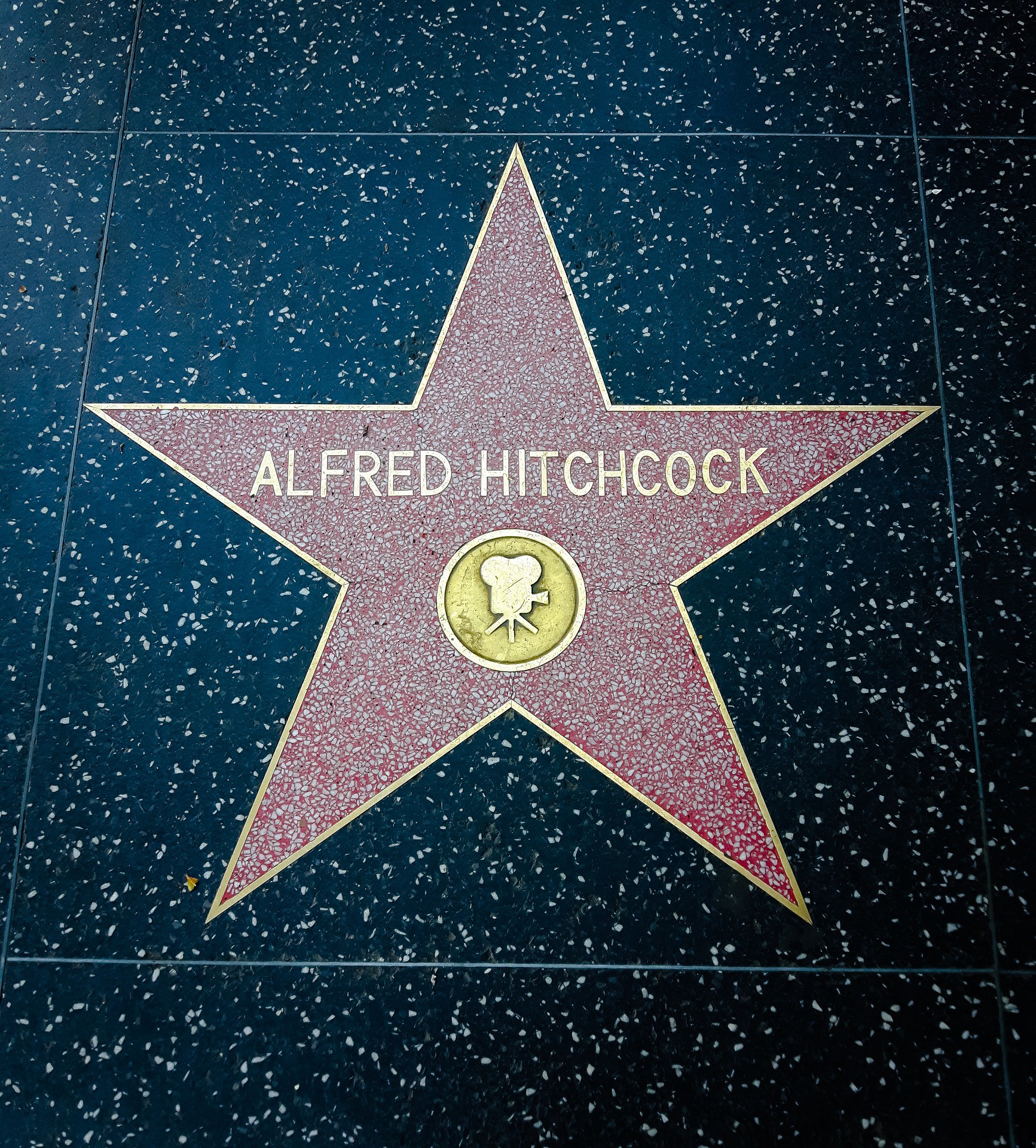 Courtesy of Pixabay
Courtesy of Pixabay
Vision
Like a painter, composer, or an architect, directors have their own style. They have their own unique creative process. For Sir Alfred Hitchcock, it was the way he utilized suspense that created his special vision. Whatever it may be, it should translate on-screen. Having a unified vision as a director is vital to the film?s success. It will help solidify the story under one banner we can identify. It can be difficult to follow a movie where the director?s vision is confusing or convoluted. Like with any other kind of artist, we should be able to discern the director?s style in his work.
Execution
What does it mean to execute a film to its fullest potential? Movies are a form of storytelling, there are a million different ways to tell a story. But a movie should be so well told, so well-crafted, that the story can?t be told any other way. There should be zero mistakes. Not one misspoken line, not even a single loose end in the plotline. From beginning to end, our disbelief has been suspended. Every element of the Cinema Scale was executed to perfection. Like Michelangelo?s Sistine Chapel, the movie should represent the total and complete vision for the concept that should never be touched. Executing a film to its fullest potential means we should never walk away thinking of any opportunities the movie missed.
10. The ?It? Factor
The movie is one-of-a-kind and goes above and beyond the status quo.
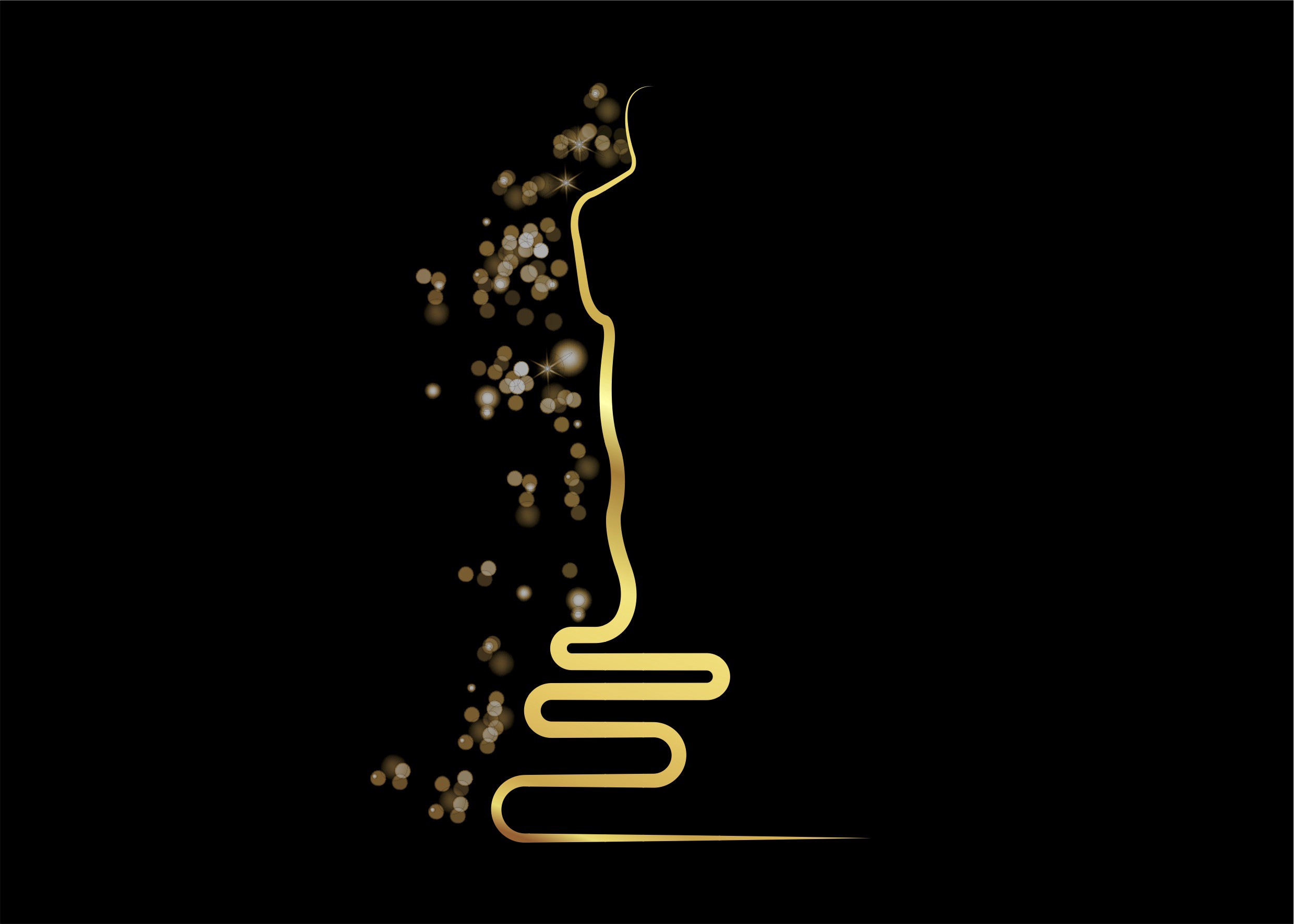 Courtesy of Shutterstock
Courtesy of Shutterstock
One-of-a-Kind
A movie is one-of-a-kind when it is original, innovative and pioneering. There?s no other movie like it. It has something about the film that makes it unique. The story could be untold and original. The acting or cinematography is innovative. Or maybe the editing and visual effects are pioneering, much like Avatar was when it hit the big screen. Maybe it?s all the elements that make the movie one-of-a-kind. Whatever the case, something about the film elevates it into uncharted territory and earns it?s own special place in our hearts.
Above & Beyond
A movie goes above and beyond the status quo, even above the best of the best, by being transcendent. A movie is transcendent when:
- (1) it is beyond comprehension, you can?t explain why you love it, you just do;
- (2) it is beyond the limits of ordinary experience, after watching it you feel enlightened and alive, like you?re hovering two inches above the ground and;
- (3) it is universally applicable or significant, it makes you feel more connected to your existence and the existence of others.
When a movie embodies these three things and becomes transcendent, it becomes more than just a movie, it leaves an imprint on our being.
[ M.G.J. ]
* * * Read Cinema Scale Movie Reviews Here * * *
 Cinema Scale
Cinema Scale


